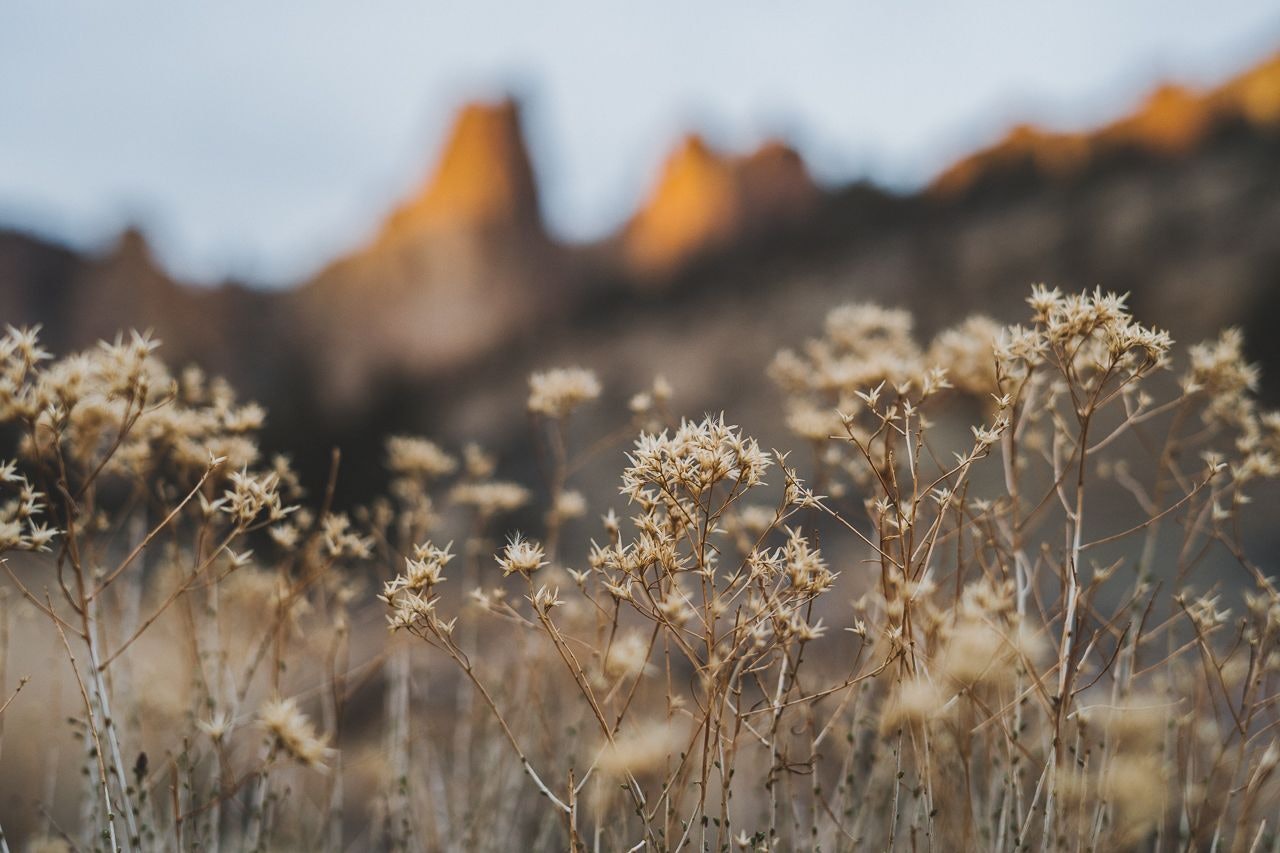
Last year, I attended a virtual event hosted by Sandra Goldmark - a designer, teacher, and entrepreneur whose work focuses on circular economy solutions to overconsumption and climate change and the author of Fixation: How to Have Stuff Without Breaking the Planet - and Vincent Stanley, Patagonia Philosopher and co-author with Yvon Chouinard of The Responsible Company.
During the discussion, Stanley referred to Michael Pollan's mantra:
"Eat food, not too much, mostly plants."
and the way Goldmark adapted it to stuff:
"Have good stuff, not too much, mostly reclaimed, care for it, and pass it on."
This quote made me think real hard about my own relationship to things. Having moved quite a few times during my life and especially from Europe to the US back in 2014, I've had to think real hard about what I own, what has value to me, what I need and what is worth shipping across an ocean and a continent. Ever since I've made that purge of my belongings, I've tried to be mindful about what I welcome into my life, mostly because stuff not only takes space in my house, but also in my mind.
Having a lot to care of, clean, repair, move is not something I enjoy, so my philosophy has been "less is more" over the past decade.
I've read many books that have reinforced this idea within me and always welcome more resources to remind me of why I chose this lifestyle in the first place.
What I've wanted to talk about today was how is it possible to have stuff without breaking the planet? I have yet to read Sandra Goldmark's book but I wanted to take inventory before doing so, just to see whether I'll learn more after that.

My first pair of Blundstones, which recently received a little TLC to survive another winter in the high desert
Have good stuff
There's no arguing the importance of purchasing good quality items, items that were created from renewable materials, items made while respecting the people who made it too.
I found that Buy Me Once is a good resource to buy items once, meaning "that will last you a lifetime".
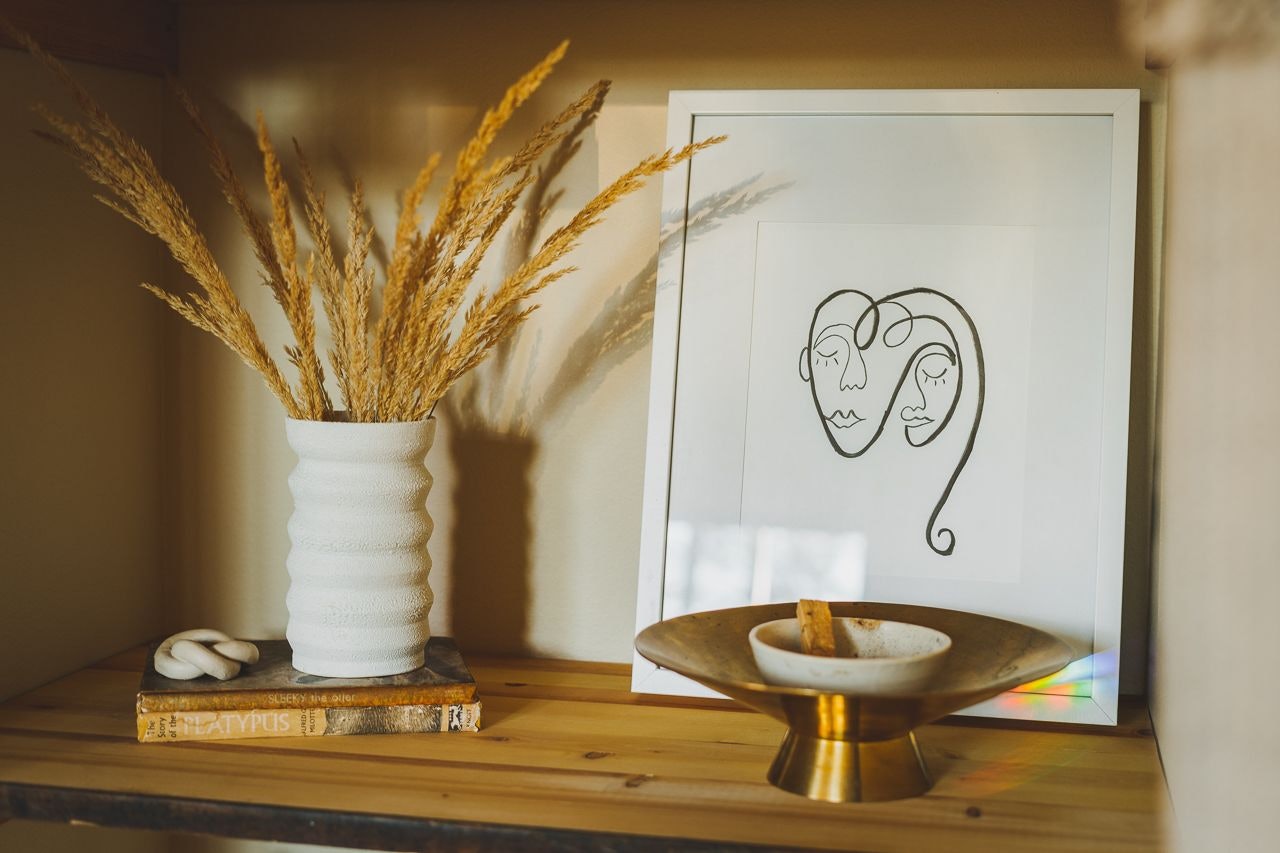
The current iteration of my living room shelf
Not too much
The Minimalists once got a lot of press for their concept of packing party as in packing everything you own and only taking out items as you need them and, after a set period of time, getting rid of whatever you haven't used or needed during this time.
It's a pretty dramatic approach but is a good way to realize that we only need a limited number of things to live and to enjoy life.
This does not mean that you should not own stuff that is not useful, but maybe it would be worth reconsidering the things we own and making a decision.
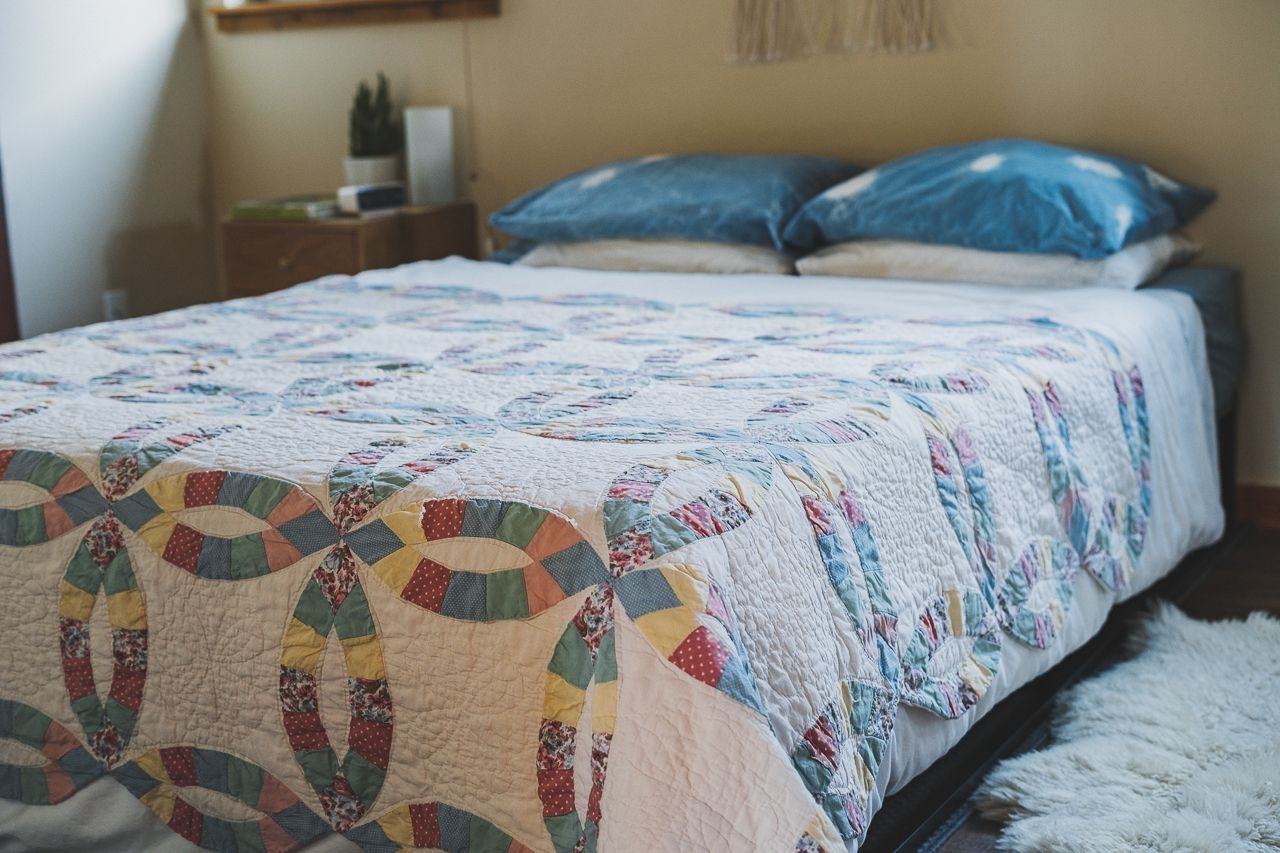
A beautiful quilt I bought at a local thrift store
Mostly reclaimed
The bulk of the cost of a thing on our environment is its manufacturing process, transportation, distribution so it's easy to understand that the most sustainable one is one that already exists, has already been used, and could serve someone new.
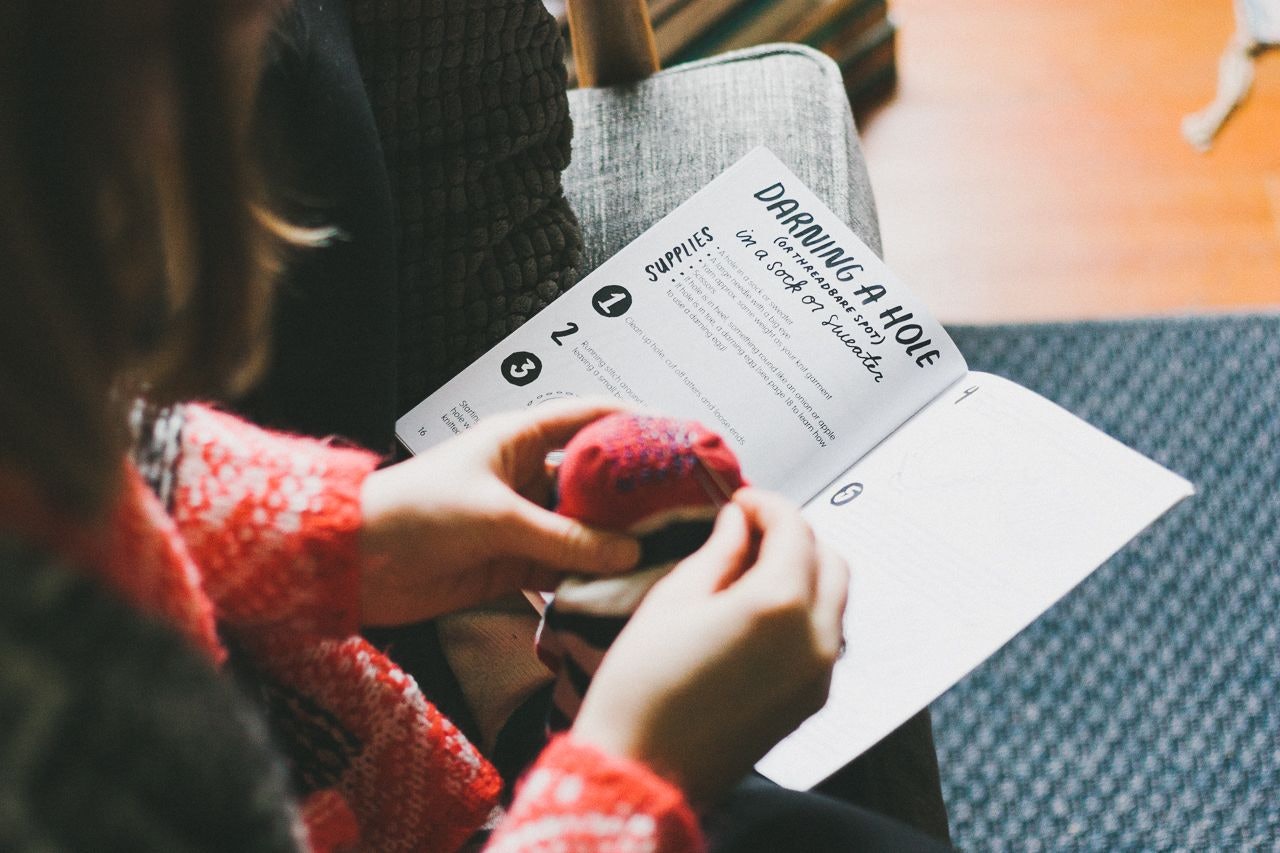
My first sock darning session
Care for it
I have a newfound passion for repairing things. It all started with darning socks but I've slowly been researching ways to repair and maintain electronics, shoes, and fixing wobbly pieces of furniture. If I one day own a car again, I'll make a point to learn as much as I can about it to care for it.
Also, I keep a growing list of people and companies who can help me prolong the life of what I own.
I discovered a denim mending wizard who will give a new lease on life to your most worn-out pair of jeans.
And, maybe my favorite of them all, Fix-it-Fairs are simply wonderful, I once attended one in Portland and my mind was blown away by the knowledge and generosity of people who showed up and offered their skills to help others repair things like a broken zipper or a vacuum cleaner!
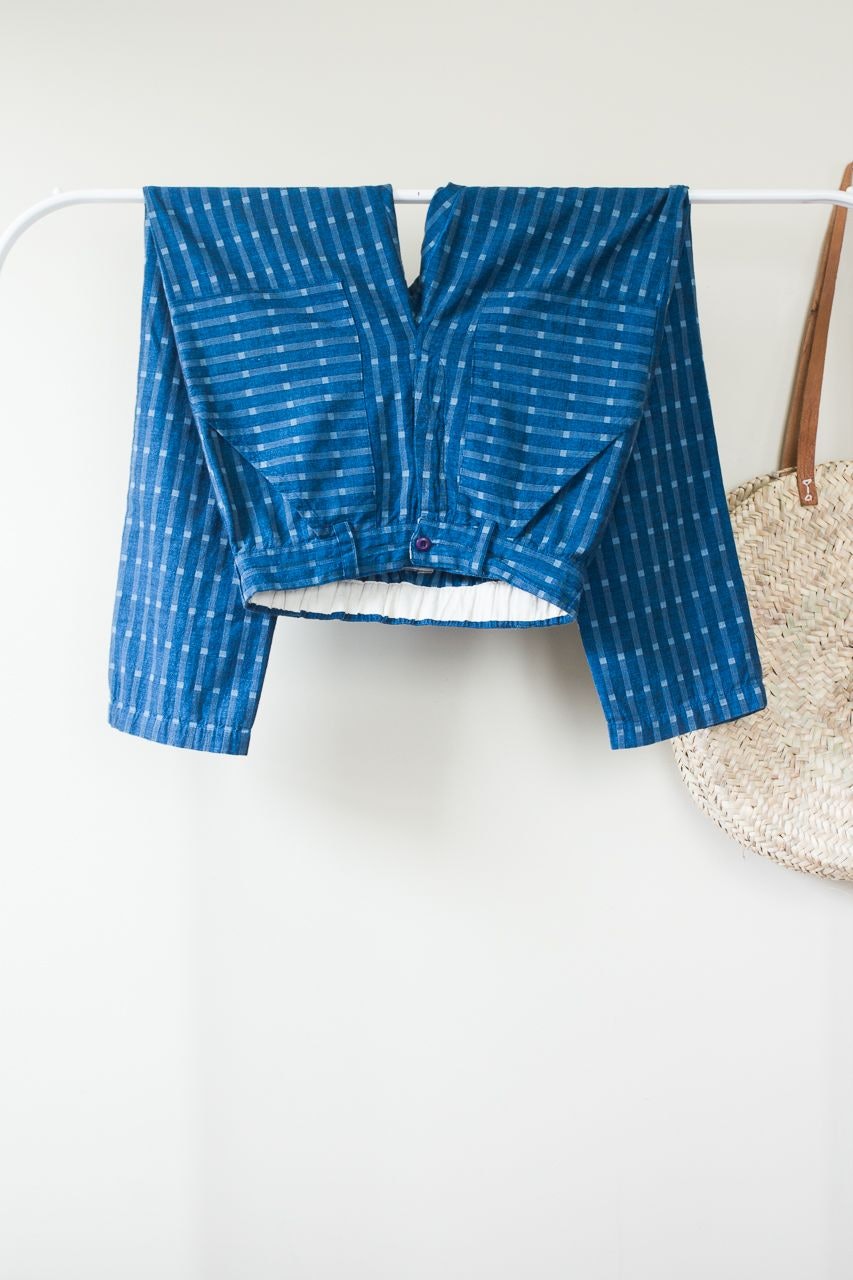
A beautiful pair of Ace & Jig pants I realized I wasn't wearing as much as I thought I would and which I ended up selling on Poshmark
Pass it on
A lot of the Minimalist lifestyle or the Mari Kondo method focus on the getting rid part of the process, but to succeed in "not breaking the planet", we need to keep in mind the idea of circular economy. Before sending things to the landfill, what if we tried to figure out whether someone else could use them? You'd be surprised at how true the "One person's trash is another person's treasure" is.
I'm a member of my local Buy Nothing group and things from Amazon padded envelopes to broken hangers are valuable materials to other people or businesses. People are resourceful and creative, let's never forget that!
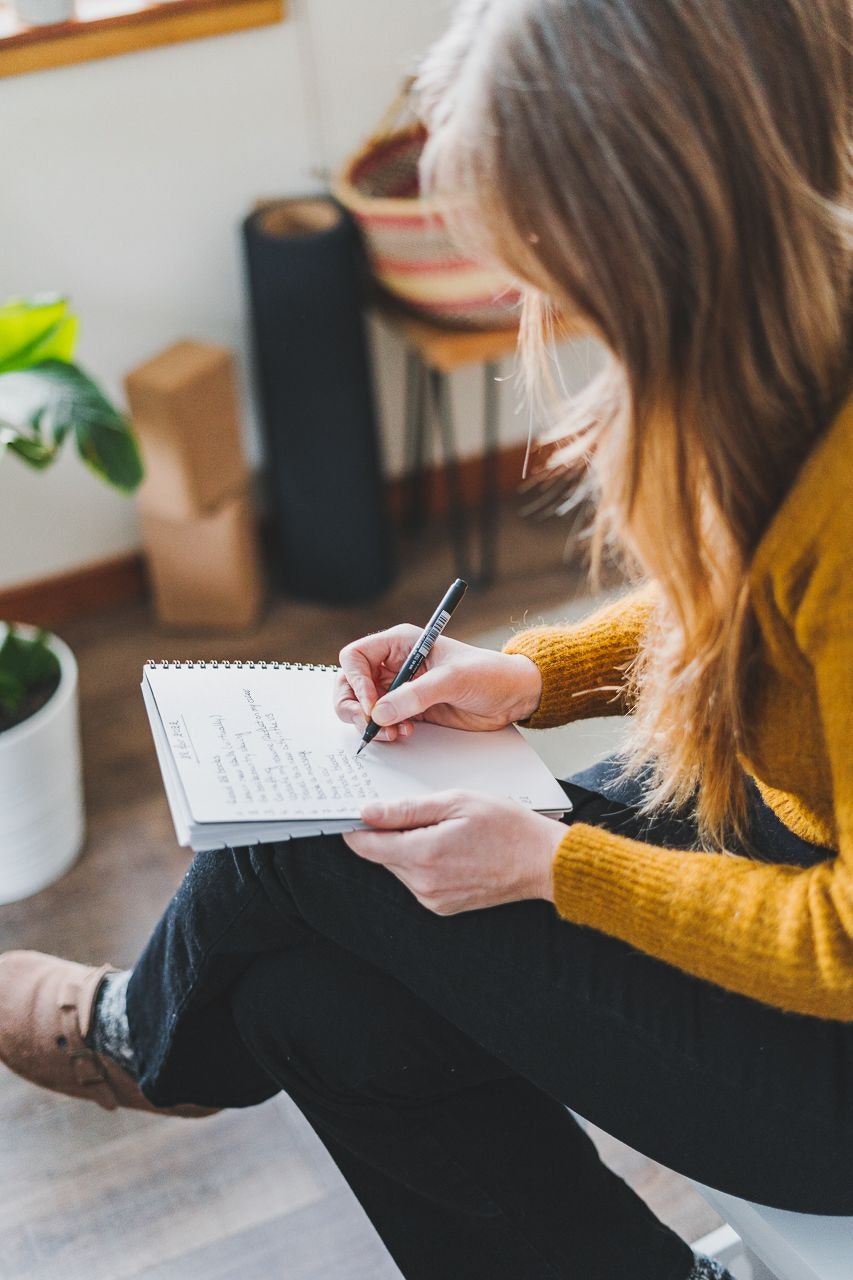
Final thoughts
I could talk about this forever and will probably after I finally read Fixation: How to Have Stuff Without Breaking the Planet.
I also learn on a daily basis about what the "best practices" are, and also sometimes make surprising discoveries (second-hand cars vs electric cars) but I wanted to touch on the subject to share a little about my relationship to this subject.
I'd love to read your thoughts too. How do you conciliate having stuff and caring for the planet?
Feel free to share in the comments below (I know signing up to comment can be a pain, but you'll only have to do it the first time :)
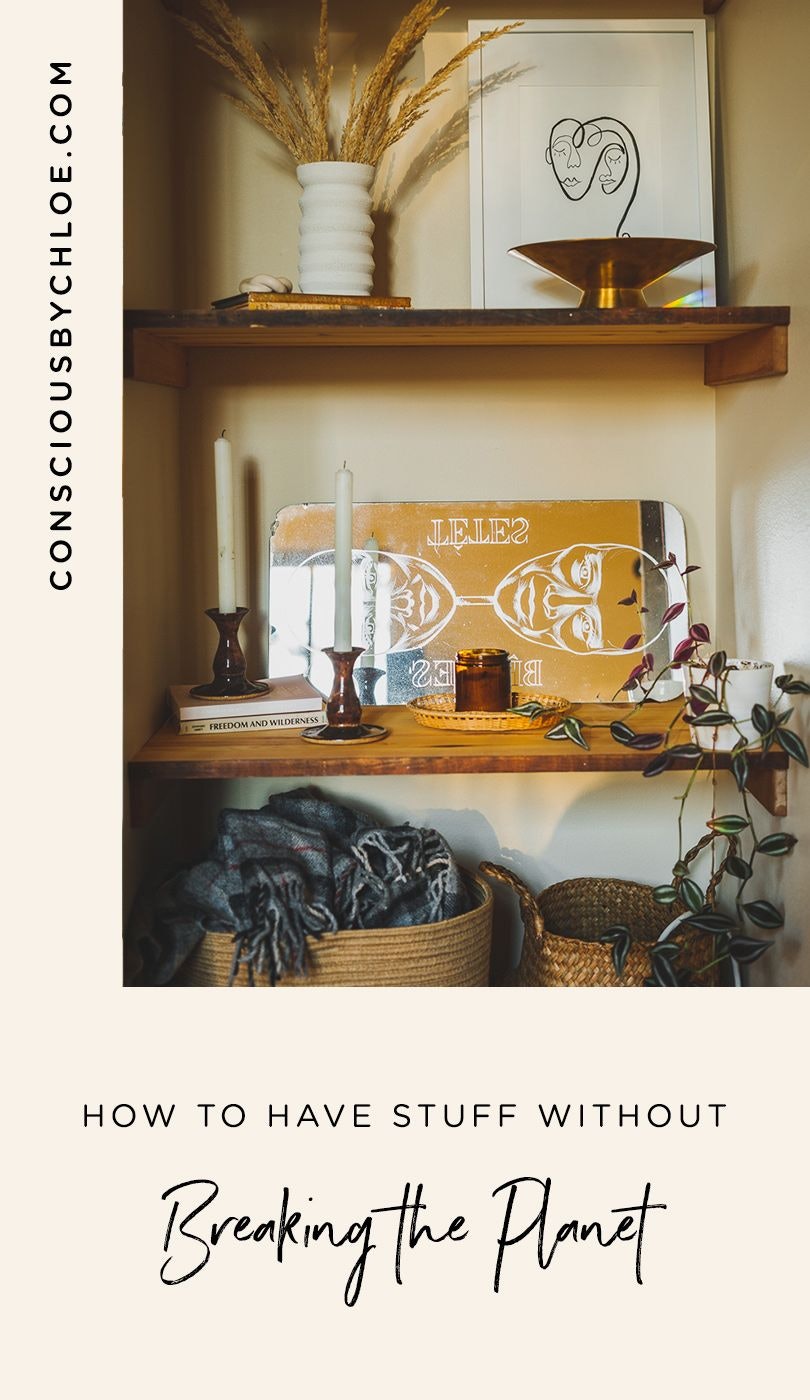
This post is not sponsored, but it does contain affiliate links, meaning if you make a purchase via one of my links, I may make a commission at no additional cost to you. Thank you for your support!








